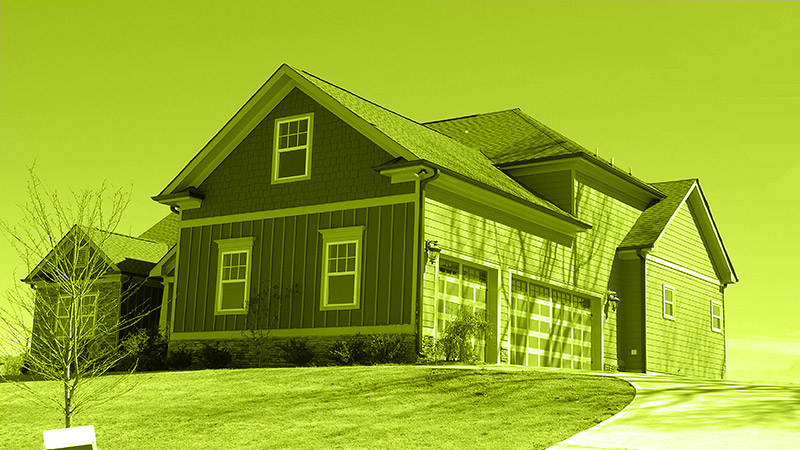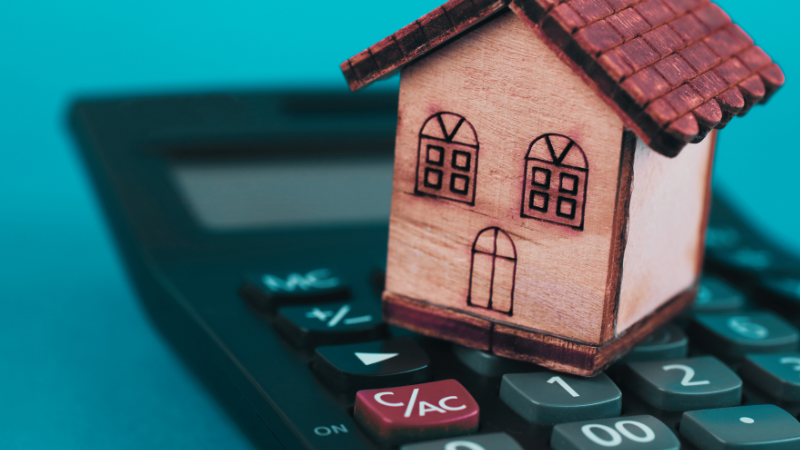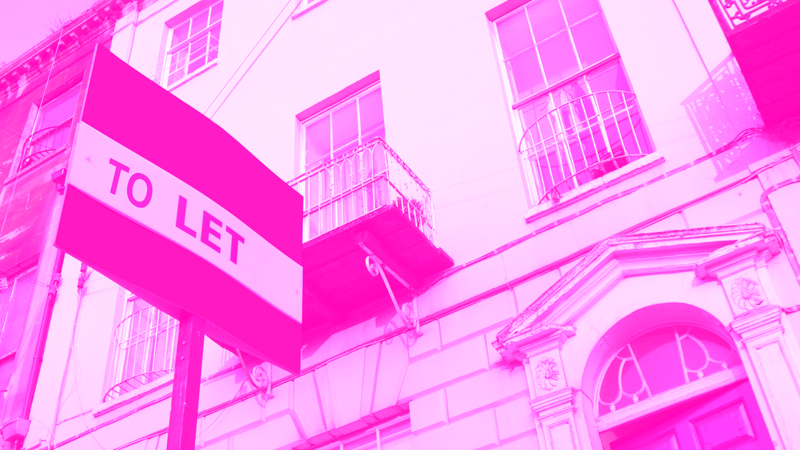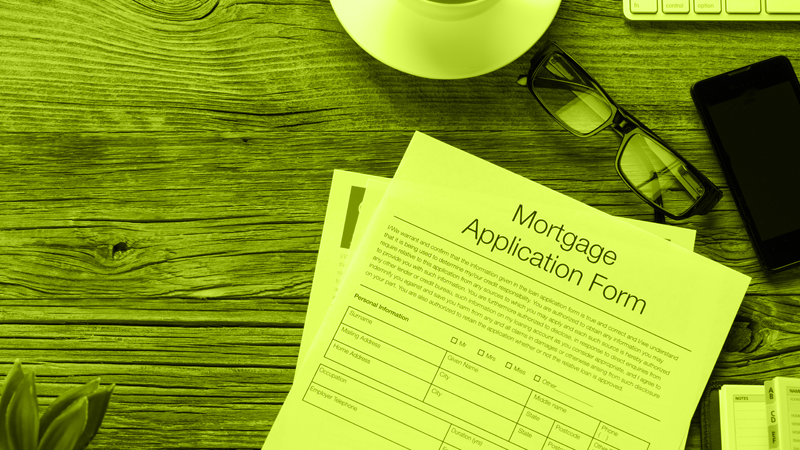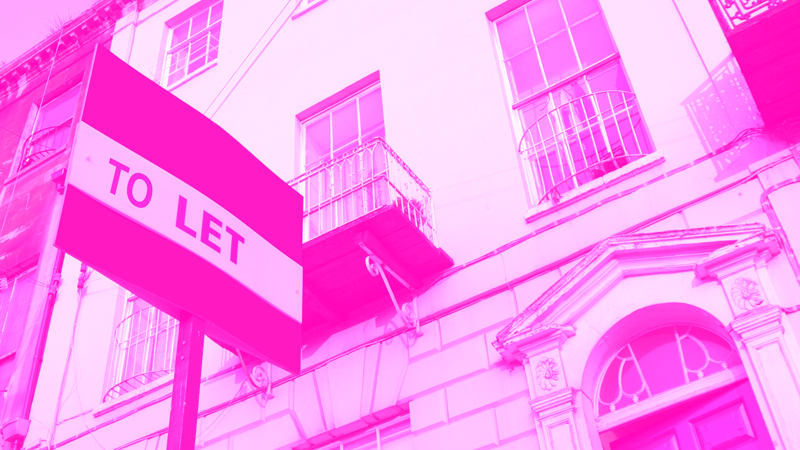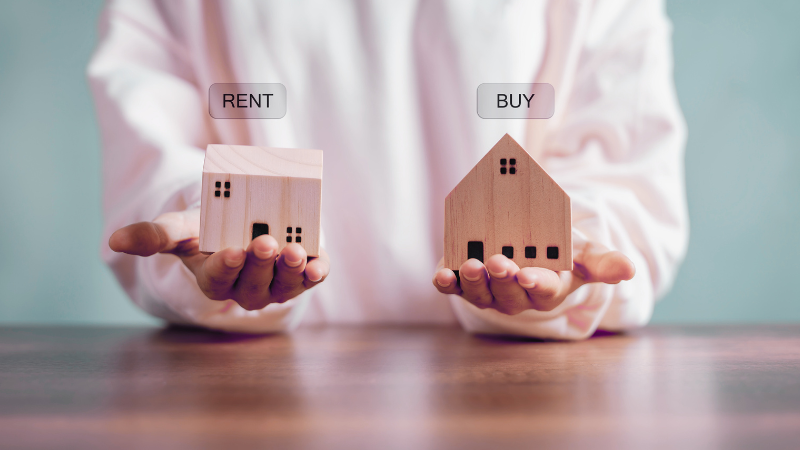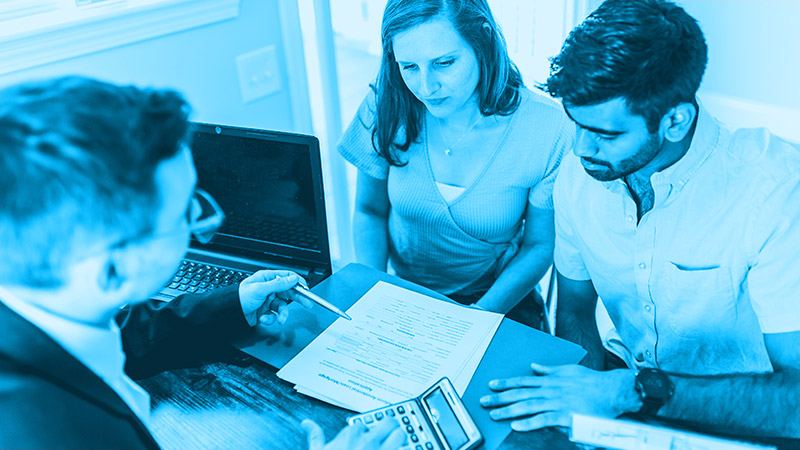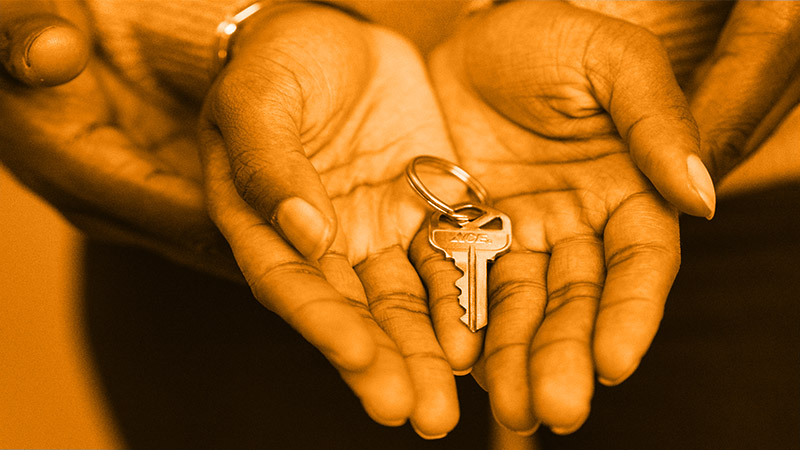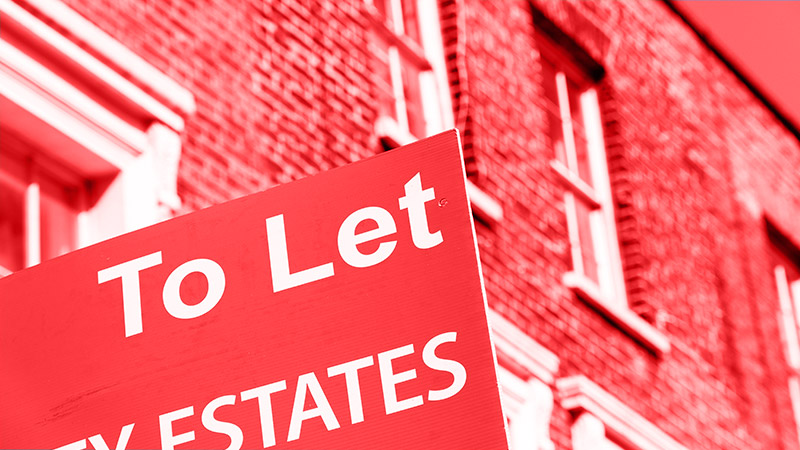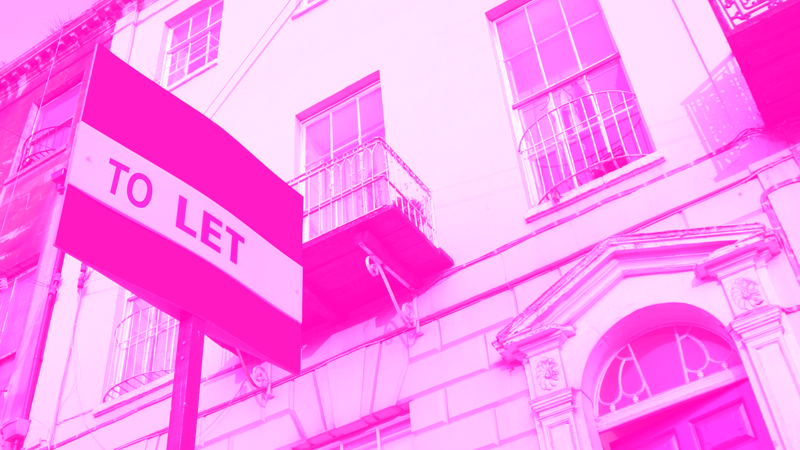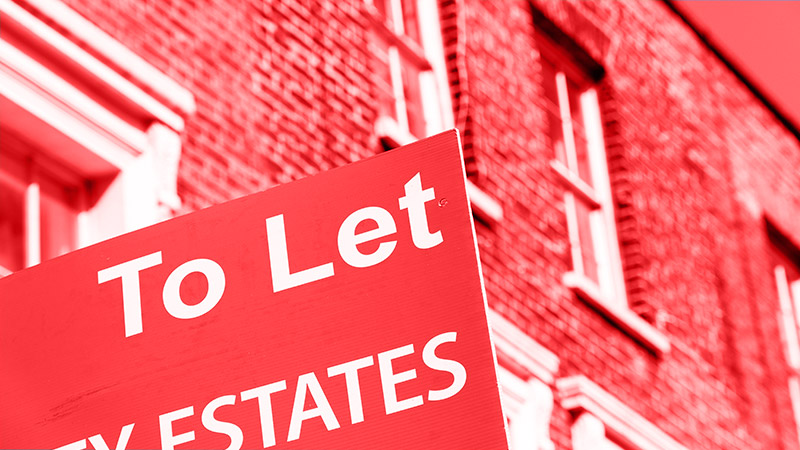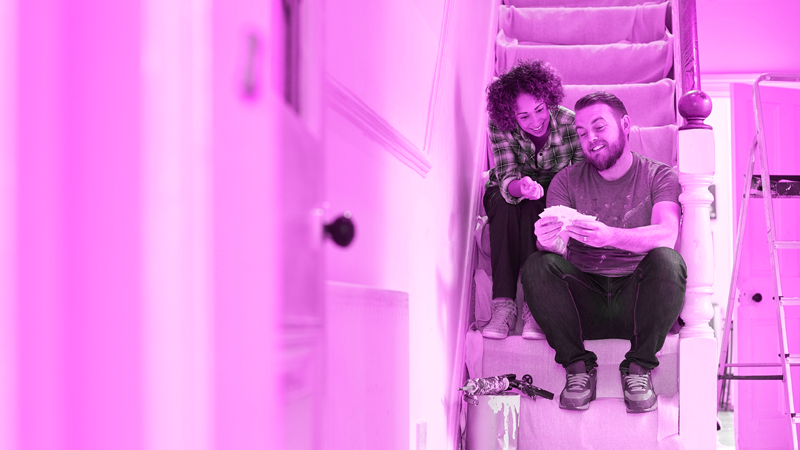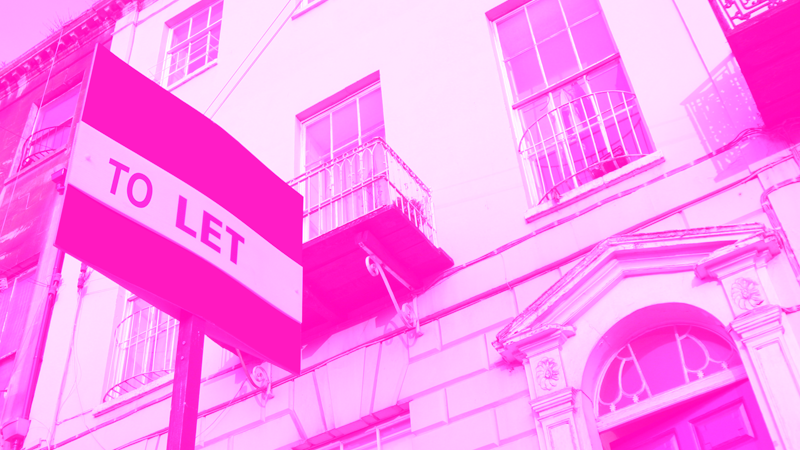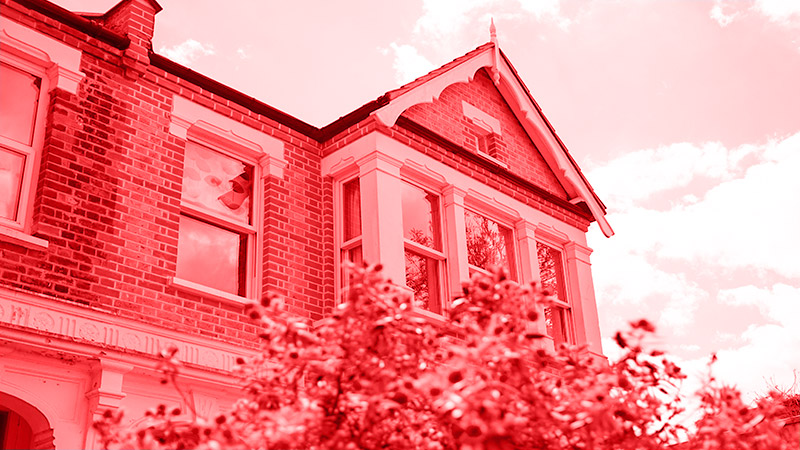How Much Can I Borrow for a Buy to Let?
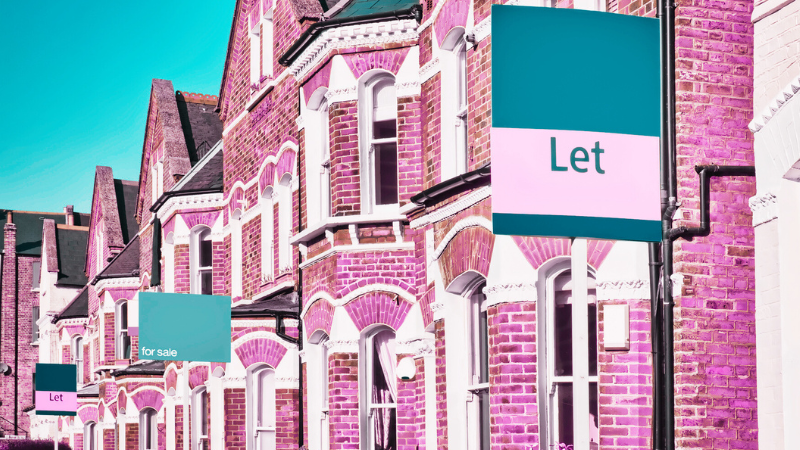

Buy-to-let mortgages are a popular route for buying property for investment purposes and income in the UK.
According to Statista, in 2021, the total value of buy-to-let (BTL) mortgages far exceeded that of mortgages for personal home purchases.
The same report forecasts that buy-to-let mortgages in the UK 2024 will be worth around 11 billion pounds.
These statistics show that the buy-to-let market is thriving in the UK and is expected to continue.
But how much can you, as a potential landlord, borrow for a Buy-to-let property?
First and foremost, understanding what a buy-to-let mortgage is is important.
A buy-to-let mortgage is aimed at landlords who want to purchase a property to rent it to another person/family for profit.
A buy-to-let mortgage’s terms and conditions differ from a regular residential mortgage.
Who Should Get a Buy-to-Let Mortgage and How Should They Get One?
Anyone who wishes to purchase a property to rent it for profit must get a buy-to-let mortgage in the UK.
Because the property will be rented to another individual and not the owner, the lender may see the situation as risky and impose certain conditions.
Here’s what you need to know:
- Applicants must have good credit in order to get approved.
- Some lenders require applicants to prove that they earn at least £25,000 per year.
- You cannot apply for a buy-to-let mortgage if you are over 75. Some lenders have a lower age restriction.
- Buy-to-let mortgages usually require a minimum deposit of 25%.
- The lender will provide you with funding depending on how much rental you earn on the property. Your rental amount should cover at least 125% of the monthly instalments.
The Finer Details of a Buy to Let Mortgage?
When applying for buy-to-let mortgages, you’ll find that their fees and interest rates are generally higher than other loan types.
While some lenders require a 25% deposit, others may require between 20% and 40%, depending on your financial situation.
Most lenders provide buy-to-let mortgages on an interest-only basis.
This means that the instalment you pay each month only covers the interest on the loan, and when the loan term ends, you will have to settle the final balance as a lump sum.
Ensure you know this lump sum to ensure you’ll afford it. If you want a regular repayment mortgage, ensure that you request this with the mortgage provider.
Mortgageable offers a free Equifax Credit Report as part of its service, with no obligation to proceed. Something worth considering.
What is the Maximum You Can Borrow for a Buy to Let Property?
Regardless of how much you earn (not related to the property), the lender assisting you will be reluctant to borrow you an amount that cannot reasonably be recovered with profit from the rental amount.
Most lenders require the set rental on the property to be around 30% higher than the monthly mortgage instalment.
If the mortgage amount looks like it won’t be covered with a little extra from the rental, the lender may require you to put down a larger deposit.
Consulting with a rental agent or looking through local rental listings may give you a better idea of what you can realistically afford to charge in rent on your new property.
Of course, affordability will play a role. Because lenders provide around 75% to 80% LTV on buy-to-let mortgages, you’ll need to put down 20% to 20% deposit.
You can then request information on the interest rate and fees charged to you, add this to your capital amount and work out the expected monthly instalments.
It’s a good idea only to apply for mortgage amounts that you can comfortably repay each month, or you may find yourself in a financial pickle a few months into your mortgage.
WHILE SOME LENDERS REQUIRE A 25% DEPOSIT, OTHERS MAY REQUIRE BETWEEN 20% AND 40%, DEPENDING ON YOUR FINANCIAL SITUATION.
What Taxes Are Charged on Buy-to-Let Mortgages?
Tax is an unavoidable inconvenience, and if you’re getting into a buy-to-let mortgage, it’s best that you’re aware of the taxes you’ll be liable for. Here’s a breakdown:
- Capital Gains Tax
If you’re earning an income from a property, you’ll be expected to pay tax on it. Capital gains tax is one of two types of tax you can expect to pay on buy-to-let properties.
If your buy-to-let property is your second property, you can expect to pay capital gains tax of 18%.
Capital gains tax will be charged if you sell the property and profit more than £6,000. It’s a little different if you’re a joint owner.
For instance, if you purchase a BTL property with another person, the threshold can be doubled, allowing a gain of £12,000 before being taxed.
Owners can deduct certain bills from their capital gains tax amount, such as any losses on the sale of a property, estate agent fees, stamp duties, and solicitor fees.
All profits must be reported to the HMRC, and if there’s tax due, you will get one month to settle it.
- Income Tax
Any income you earn from your BTL property is seen as taxable, so income tax will apply. You must declare your income on a self-assessment tax return that applies to the year it was accrued.
Your income tax band will determine the fee, but this can range from 20% to 45%.
Deducting some expenses from your rental income to reduce your income tax amount is possible. This includes council tax, property maintenance costs, and letting agent fees.
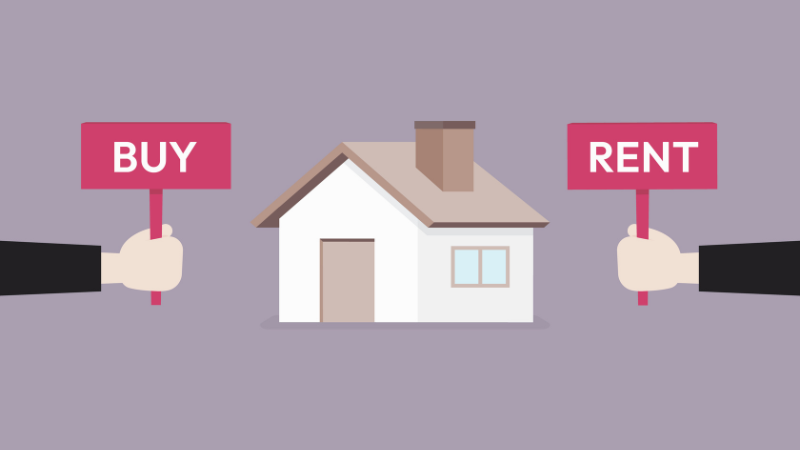
How Much Can I Borrow For A Buy To Let Conclusion
If you’re interested in applying for a buy-to-let mortgage, it’s advised to consult with a professional mortgage broker who can explain how the mortgage works, what you can realistically afford based on your current financial position and the property you may be interested in and point you in the right direction in terms of making your initial application.
If you’re in the market for an investment property in the UK and want to get the ball rolling, get in touch with a professional mortgage advisor today!
Call us today on 03330 90 60 30 or contact us to speak to one of our friendly advisors.

